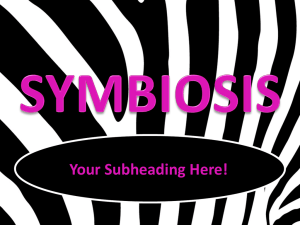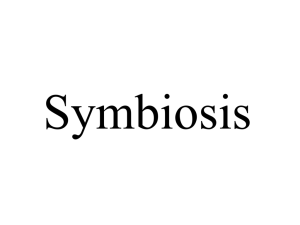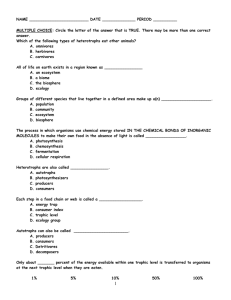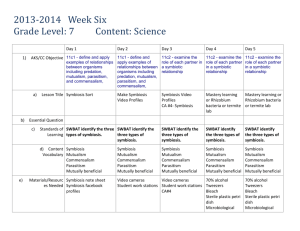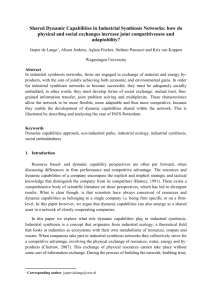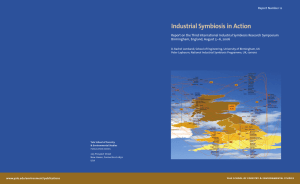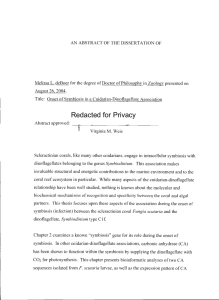OCEP_3-5_ES
advertisement
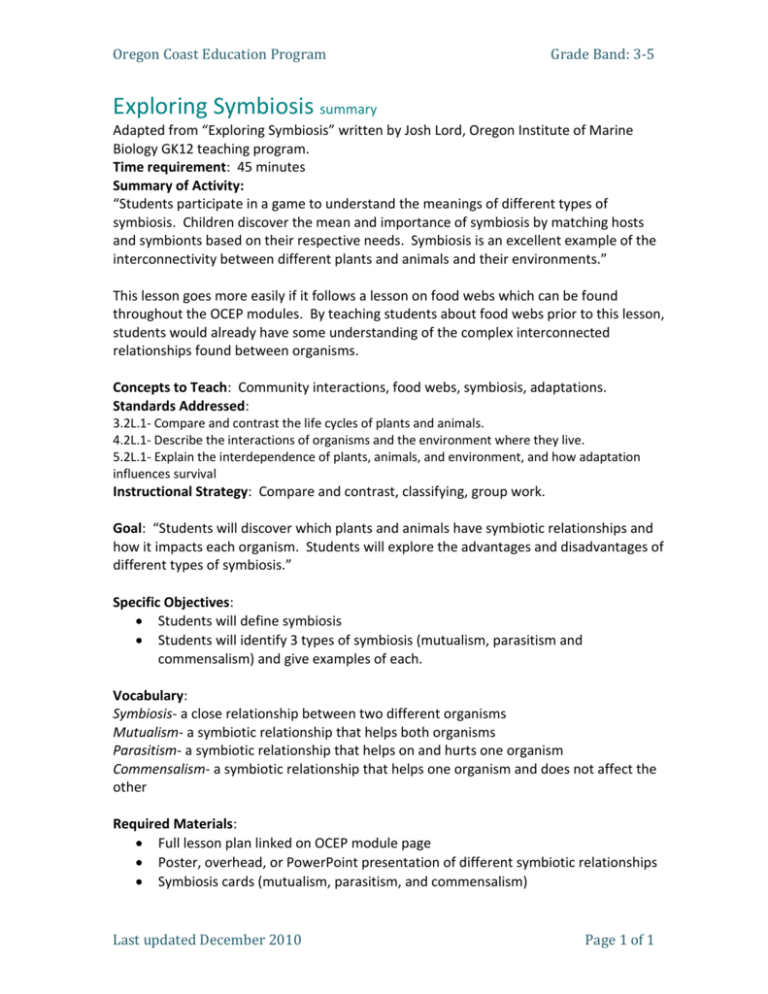
Oregon Coast Education Program Grade Band: 3-5 Exploring Symbiosis summary Adapted from “Exploring Symbiosis” written by Josh Lord, Oregon Institute of Marine Biology GK12 teaching program. Time requirement: 45 minutes Summary of Activity: “Students participate in a game to understand the meanings of different types of symbiosis. Children discover the mean and importance of symbiosis by matching hosts and symbionts based on their respective needs. Symbiosis is an excellent example of the interconnectivity between different plants and animals and their environments.” This lesson goes more easily if it follows a lesson on food webs which can be found throughout the OCEP modules. By teaching students about food webs prior to this lesson, students would already have some understanding of the complex interconnected relationships found between organisms. Concepts to Teach: Community interactions, food webs, symbiosis, adaptations. Standards Addressed: 3.2L.1- Compare and contrast the life cycles of plants and animals. 4.2L.1- Describe the interactions of organisms and the environment where they live. 5.2L.1- Explain the interdependence of plants, animals, and environment, and how adaptation influences survival Instructional Strategy: Compare and contrast, classifying, group work. Goal: “Students will discover which plants and animals have symbiotic relationships and how it impacts each organism. Students will explore the advantages and disadvantages of different types of symbiosis.” Specific Objectives: Students will define symbiosis Students will identify 3 types of symbiosis (mutualism, parasitism and commensalism) and give examples of each. Vocabulary: Symbiosis- a close relationship between two different organisms Mutualism- a symbiotic relationship that helps both organisms Parasitism- a symbiotic relationship that helps on and hurts one organism Commensalism- a symbiotic relationship that helps one organism and does not affect the other Required Materials: Full lesson plan linked on OCEP module page Poster, overhead, or PowerPoint presentation of different symbiotic relationships Symbiosis cards (mutualism, parasitism, and commensalism) Last updated December 2010 Page 1 of 1

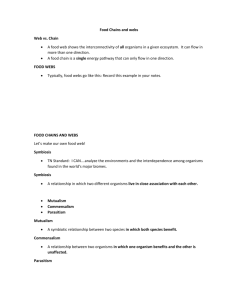
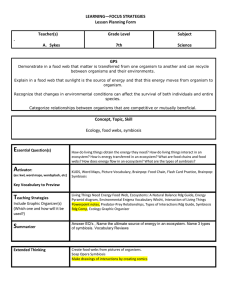
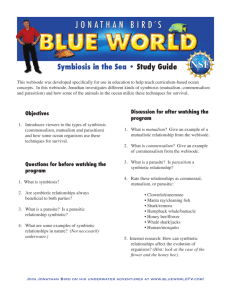
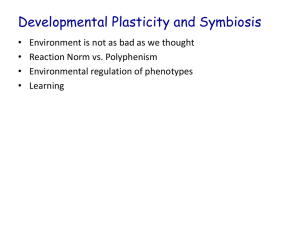
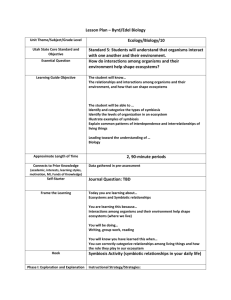
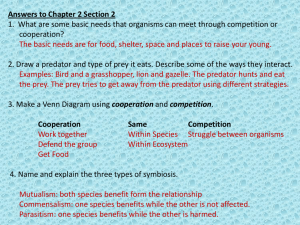
![Symbiosis[1]](http://s2.studylib.net/store/data/005449742_1-2c9de7b7b178f521480e9109673f342e-300x300.png)
